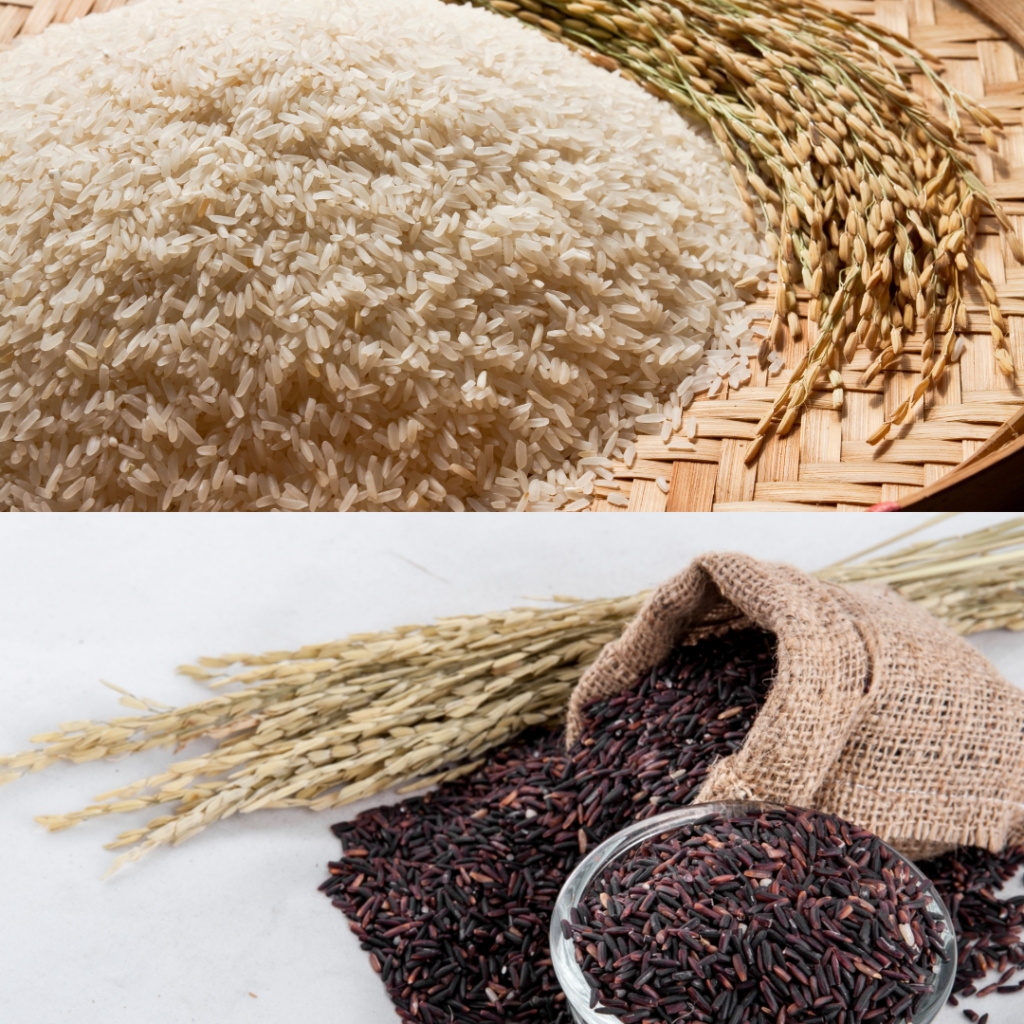
- By Puchi Admin
Exploring the Differences and Benefits of Jasmine Rice and Riceberry
Jasmine rice and Riceberry are two types of rice that differ in terms of their appearance, taste, and nutritional value.

Jasmine rice is a long-grain rice that is known for its fragrant aroma, soft texture, and slightly sweet flavor. It is commonly used in many Asian cuisines and is often paired with curries, stir-fries, and other dishes. Jasmine rice is also relatively low in fat and sodium and contains some essential vitamins and minerals.
Riceberry, on the other hand, is a relatively new variety of rice that is gaining popularity due to its unique appearance and high nutritional value. It is a cross-breed of Thai Jasmine rice and Black rice, resulting in a dark purple color and a nutty flavor. Riceberry is a whole grain rice that is rich in antioxidants, fiber, and other essential nutrients such as iron and zinc.
While both Jasmine rice and riceberry are types of rice, they differ in terms of their appearance, taste, and nutritional content. Jasmine rice is a fragrant, soft-textured rice commonly used in Asian cuisine, while riceberry is a new, dark-colored variety of rice that is high in antioxidants and nutrients.
Did you know that the fragrant aroma of Jasmine rice is not just a coincidence? It’s because of a compound called 2-acetyl-1-pyrroline, which is also found in bread crust and popcorn, giving them their distinctive aroma.
Another fun fact about Riceberry is that it was created by the Rice Science Center at Kasetsart University in Thailand, using traditional breeding methods rather than genetic modification. It was named Riceberry because of its resemblance to the berry and its health benefits.
So next time you enjoy a bowl of Jasmine rice or try out a dish with Riceberry, you’ll know a little bit more about what makes these types of rice so special.